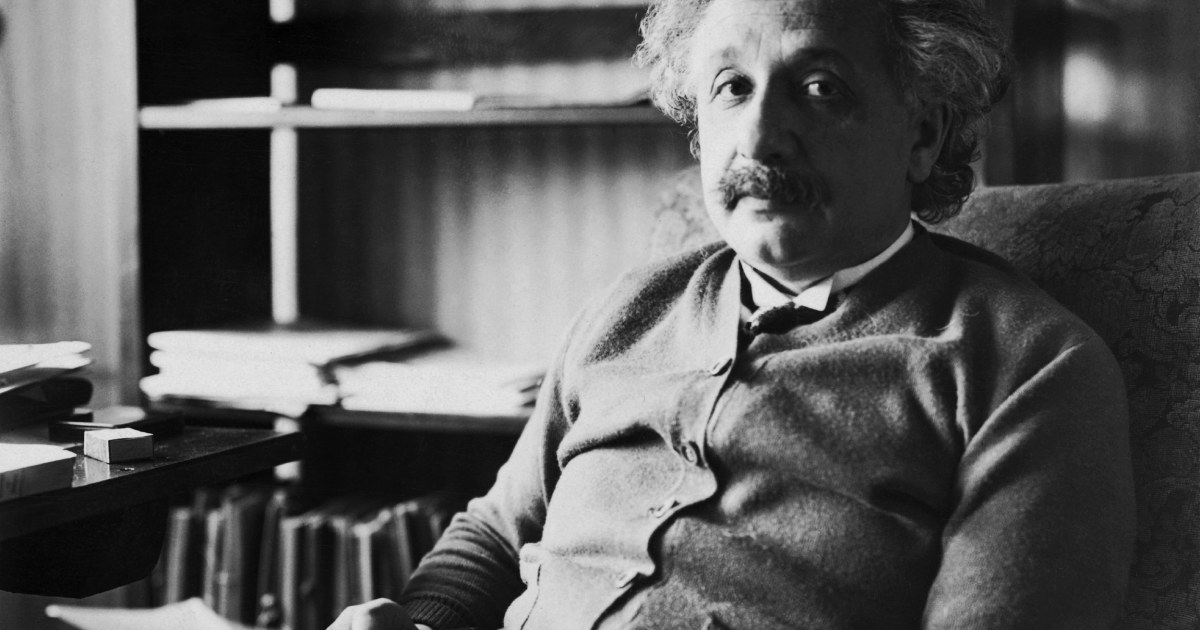In Newton’s view, all objects — from his
not-so-apocryphal apple to planets and stars — exert a force that attracts other objects. That universal law of gravitation worked pretty well for predicting the motion of planets as well as objects on Earth — and it's still used, for example, when making the calculations for a
rocket launch.
But Newton's view of gravity didn't work for some things, like Mercury’s peculiar orbit around the sun. The orbits of planets shift over time, and Mercury’s orbit shifted faster than Newton predicted.
Einstein offered a different view of gravity, one that made sense of Mercury. Instead of exerting an attractive force, he reasoned that each object curves the fabric of space and time around them, forming a sort of well that other objects — and even beams of light — fall into. Think of the sun as a bowling ball on a mattress. It creates a depression that draws the planets close.
This new model solved the Mercury problem. It showed that the sun so curves space that it distorts the orbits of nearby bodies, including Mercury. In Einstein’s view, Mercury might look like a marble forever circling the bottom of a drain.
Einstein’s theory has been confirmed by more than a century of experiments, starting with
one involving a 1919 solar eclipse in which the path of light from distant stars was shifted by the sun’s intense gravitation — by just the amount Einstein had predicted.
But Ghez and her colleagues wanted to subject Einstein to a more rigorous test. So they watched what happened when light from the star S0-2 passed Sagittarius A*, which is four million times more massive than the sun.
For the new research, Lu, Ghez and their collaborators used a trio of giant telescopes in Hawaii to watch as a bluish star named S0-2 made its closest approach to Sagittarius A* in its 16-year orbit around the black hole.
If Einstein was right, the black hole would warp space and time in a way that extended the wavelength of light from S0-2. In short, the waves would stretch out as the intense gravity from the black hole drained their energy, causing the starlight's color to shift from blue to red. If the star continued to glow blue, it would give credence to Newton's model of gravity, which doesn't account for the curvature of space and time. If it turned a different color, it would have hinted at some other model of gravity altogether.
Just as Einstein would have predicted, the star glowed red.



